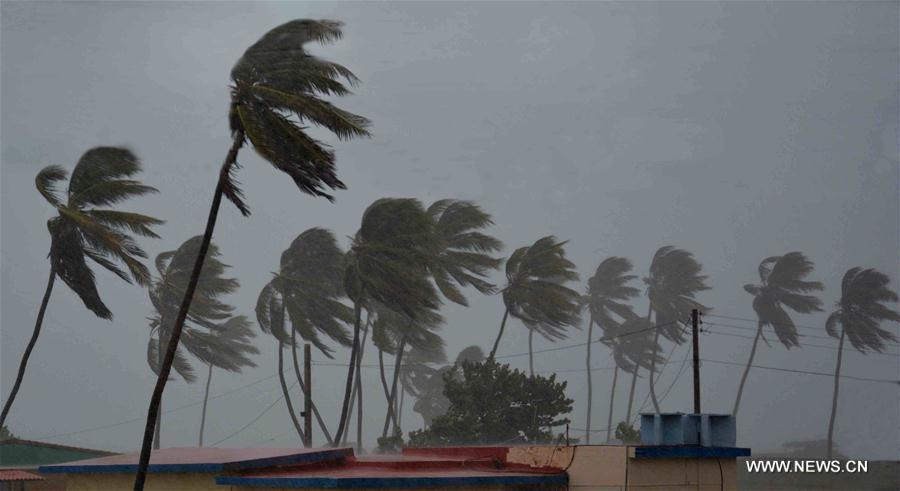Forecasters are starting to release the first forecasts for the 2025 hurricane season. The important information that will shape the next hurricane season is years with similar storms.
Any year can be a similar year to the 2025 hurricane season. However, there are some years that are weaker due to the influence of the El Nino - Southern Osvorite (ENSO) phenomenon. ENSO consists of 3 phases: EL Nino, La Nina and neutrality (commonly known as La Nada).
In general, La Nina years typically lead to more storms and tropical depressions in the Atlantic basin, while El Nino years typically have less active hurricane seasons.
However, this is not an absolute rule because the typhoon season can go against the trend by operating stronger or weaker than the ENSO's indicator.
In the 2025 typhoon season, global climate models and forecasters around the world are forecasting neutral weather. La Nina is expected to end in the previous weeks as it enters the main phase of the hurricane season.

ENSO's neutral phase is often characterized by unusual sea surface temperatures in the central and eastern Pacific, ranging from -0.5 degrees Celsius to 0.5 degrees Celsius, meaning there are no conditions that lead to warmer or cooler sea temperatures dominating the area.
Looking back at data over the past four decades, there were some years when La Nina existed at the beginning of the year before moving to the ENSO neutral phase in 2018, 2012, 2001, 1989 and 1986. These are years that are likely to have similar developments to the 2025 typhoon season.
The five years above have an average of 14.8 storms, including 8.6 typhoons and 3.2 major storms, higher than the average of the modern typhoon season, which includes 17 storms, 7 typhoons and 3 major storms.
Based on the storm season developments of similar years and pre-storm information released by the European Center for Medium-term Weather Forecasts, all signs point to an average or slightly above average 2025 storm season. The data also shows little chance of the 2025 hurricane season reaching a record late date or becoming the busiest.
Colorado State University is scheduled to release the season-first hurricane forecast for the 2025 hurricane season on March 3, and several other organizations are scheduled to release hurricane forecasts in the weeks and months before the official start of the season.
The 2018 typhoon season is the season of neutral ENSO that caused the largest damage and impact ever recorded, with strong typhoons such as Michael and Florence.
Hurricane Florence, which made landfall in North Carolina in September 2018, is a typical Cabo Verde hurricane system, originating off the coast of Africa and having a long journey across the Atlantic.
In contrast, Hurricane Michael formed in October and then rapidly strengthened to a Category 5 superstorm and made landfall in Florida Panhandle. Michael became the first Category 5 storm to hit land since Hurricane Andrew in 1992.
During the 2018 hurricane season, both the western Gulf of Mexico and the Caribbean were relatively calm, while the central Atlantic became a hot spot for storms to appear.











